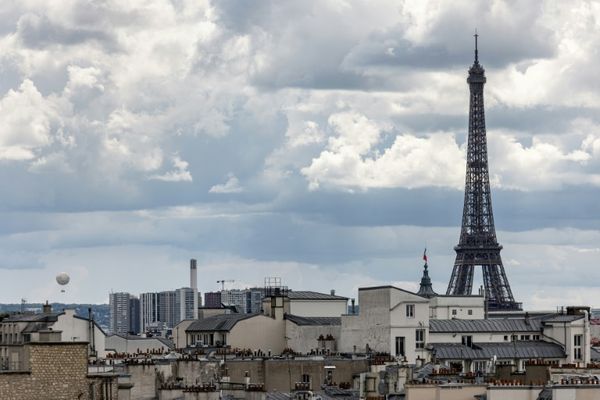
Labor’s 2024 budget will plunge the national balance sheet back into the red with massive spending programs designed to win voter favour as the government goes into an election year.
After back-to-back surpluses over the past two years, Treasurer Jim Chalmers’ budget forecasts a mammoth $28 billion deficit for 2024-25 off the back of a significant increase in spending on cost of living measures, including an extension and expansion of this year’s energy bill relief package, increasing Commonwealth Rent Assistance, a Pharmaceutical Benefits Scheme freeze and more Medicare funding.
Further inflating spending are already announced commitments such as a massive multibillion-dollar increase in Defence spending, aged care salary funding and Labor’s manufacturing initiatives, along with a big boost to Services Australia staffing to try lift service standards.
The $28 billion deficit is exacerbated by a shift of some spending from the current financial year into next year. Forecast expenditure has fallen by around $4 billion in 2024, helping deliver an anticipated surplus of $9.3 billion. However, planned spending in 2024-25 has lifted materially since the Mid-Year Economic and Fiscal Outlook (MYEFO) in December last year, turning a planned $19 billion deficit into one north of $28 billion.
The injection of so much deficit spending is likely to be inflationary — except that the energy bill rebate and increases in Commonwealth Rent Assistance are designed to lower headline inflation. More seriously, the budget anticipates that, despite this inoculation of tens of billions of dollars, the economy will be teetering on the edge of stalling altogether, with growth of just 2% expected over the course of 2024-25. Unemployment will only rise to 4.5%, but housing spending growth falls to zero, business investment shrinks to just 1% and private demand growth falls to just 1.75% growth — wages are also expected to grow more slowly as well over the next two years. These are all noticeable revisions downward from December.
Chalmers is claiming to present both a highly stimulatory budget full of spending, and forecasts of a quicker return of inflation to the Reserve Bank’s target band of 2-3%. In other circumstances, it would be called a magic pudding. Labor will be hoping its stimulus spending will be low impact in inflation terms but deliver politically as it heads into an election period next year.







